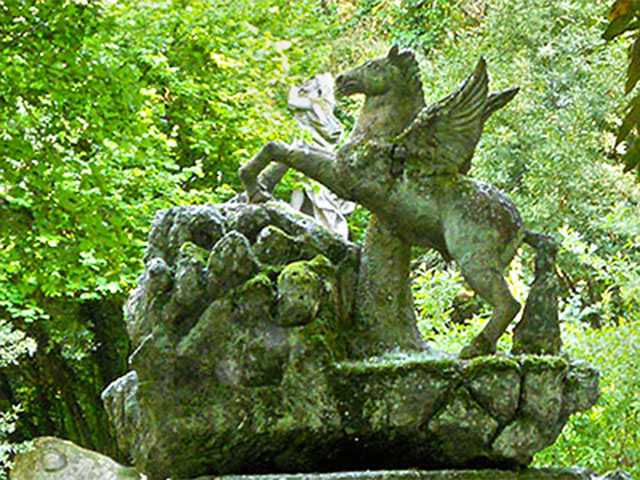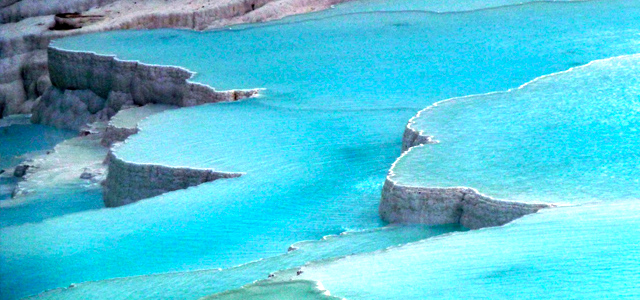
Pamukkale: pools with healing powers
A calming sight of Aegean blue against cascading gleaming white terraced slopes. This is the travertine hot springs in Pamukkale, Turkey.
When translated, Pamukkale literally means Cotton Castle in Turkish. The city is so called because its people are mostly involved in the wool industry, a trade still ongoing in present day. But what makes the city special is its hot springs and travertines, terraces of carbonate minerals believed to contain healing powers. Located in Turkey’s inner Aegean region of the River Meanderes Valley, the city enjoys a temperate climate for the large part of the year.
Why go?
The Travertine hot springs
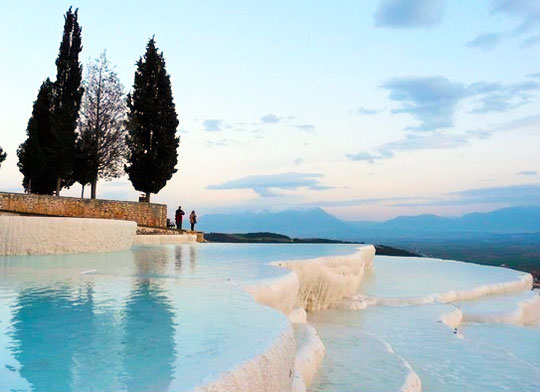
A UNESCO World Heritage site, people from far and wide have come to bathe in Pamukkale’s minerals rich pools, believed to have the ability to rejuvenate your skin. Day tours to visit these calcium cliff bathing pools overlooking the town can be arranged at around 45 Lira or so, and that includes an English-speaking guide, entry fee to the ruins of Hierapolis adjacent to Pamukkale and the travertines, plus lunch. Such tours could easily be arranged from your hotel or hostel in the village at the foothills of the travertines.
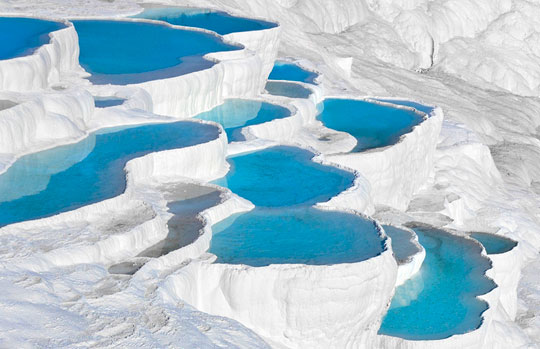
There are as many as 17 hot water springs here, ranging from around 35 °C (95 °F) to 100 °C (212 °F). The terraces are a result of running warm spring water containing calcium bicarbonate; when the water begins to lose its carbon dioxide, it leaves limestone deposits, resulting in the whiteness of the terraces and its unique stalactite formations.
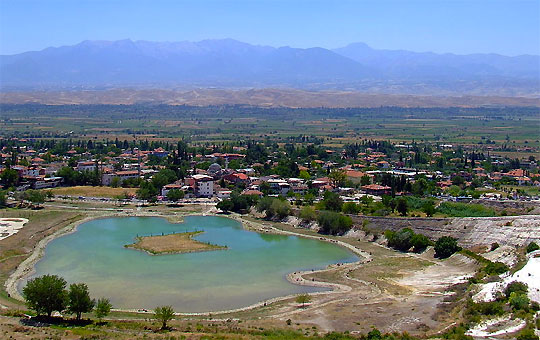

Lying in these pools, you have a surreal view of the town below, beyond the snow-white slopes.
Tip: When visiting in summer, bring along your shades, the glaring sun reflected from the snow-white terraces could be too much for your eyes to bear. Also, if you have intentions to pop into the pools for a nice long soak, do wear your sunbathing suits underneath your clothes, there’s no place for you to change. Lastly, bring along your valuables in waterproof bags. If there’s no one looking after them, you’d have to bring them along when you dip into the pools.
The Hierapolis Ruins
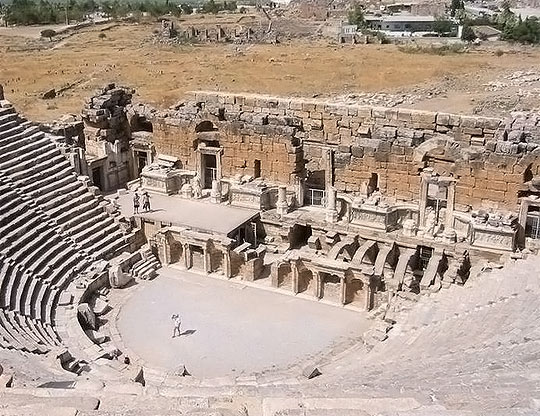
If your idea of a holiday in exotic Turkey is not just about sunbathing in minerals-rich pools, there are other sights to visits. Adjacent to Pamukkale is the ancient city of Hierapolis, also known by some as the “holy city”. The surviving ruins can be traced back to the Imperial Roman period. The highlight of the ruins is the Roman amphitheater that hurtles you back in time of gladiators and combats.
For more on the history of Hierapolis, make a trip to the Hierapolis Archaeology Museum, housed in the former Roman Bath. Here you can find historical artifacts from not just Hierapolis, but also its neighboring cities. There is also a section devoted to a selection of beautiful Bronze Age craft.
Tip: Getting around the ruins may require a bit of hiking. Wear comfortable shoes.
How to get there?
The nearest city that you can fly to is the Cardak Airport at Denzi. There are flights twice daily there from Istanbul. There are a number of decent hotels and hostels to stay in near the travertines. Many offer free wi-fi and some come with breakfast as well. A comfortable hotel such as Venus Hotel provides rooms at € 20/€ 28 (single/double rooms) with breakfast and free wireless internet access. Hotels such as Kale Hotel offer lodgings at just € 12. It has a swimming pool, a restaurant and you can plan day trips and excursions from here.

